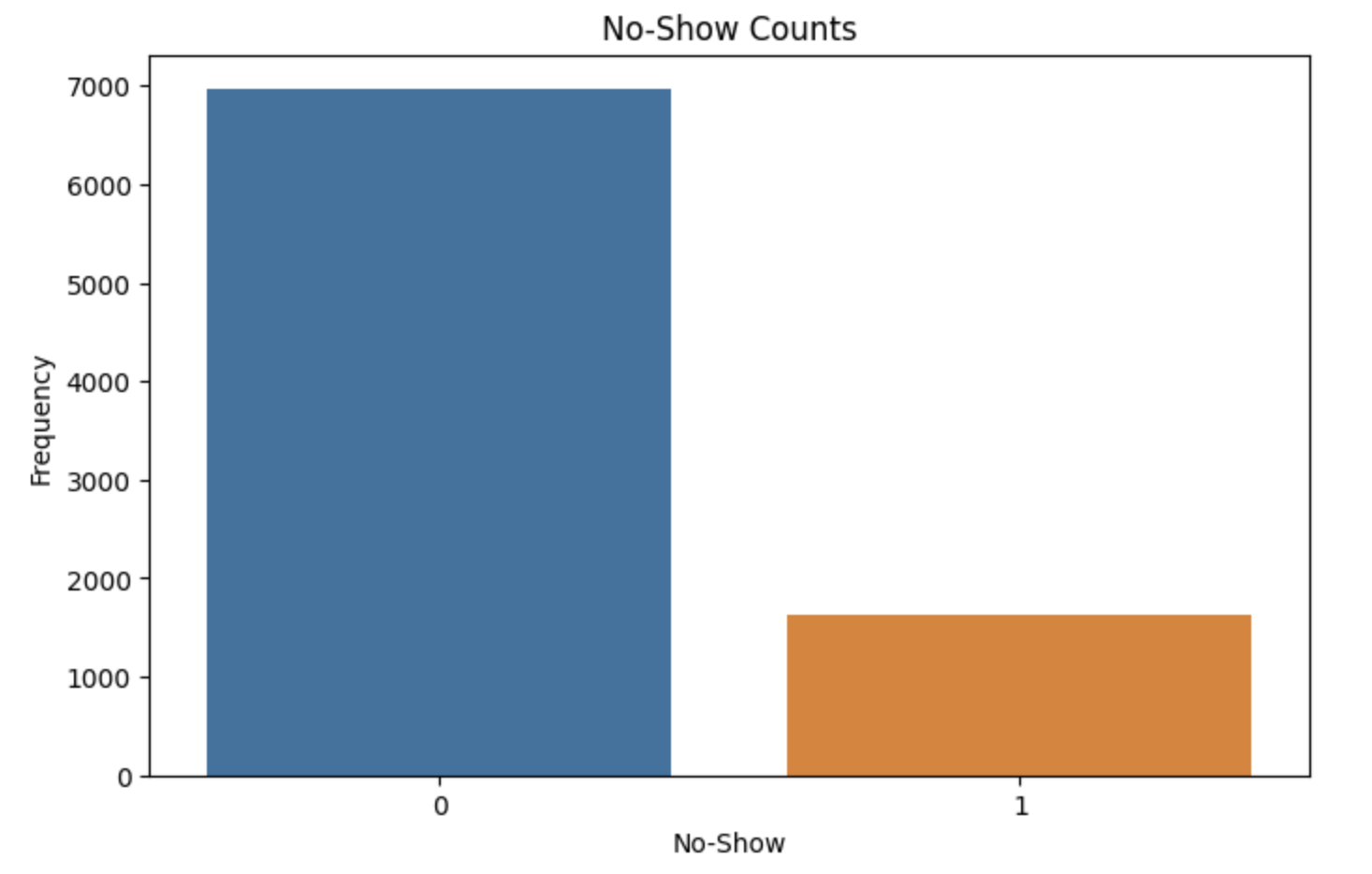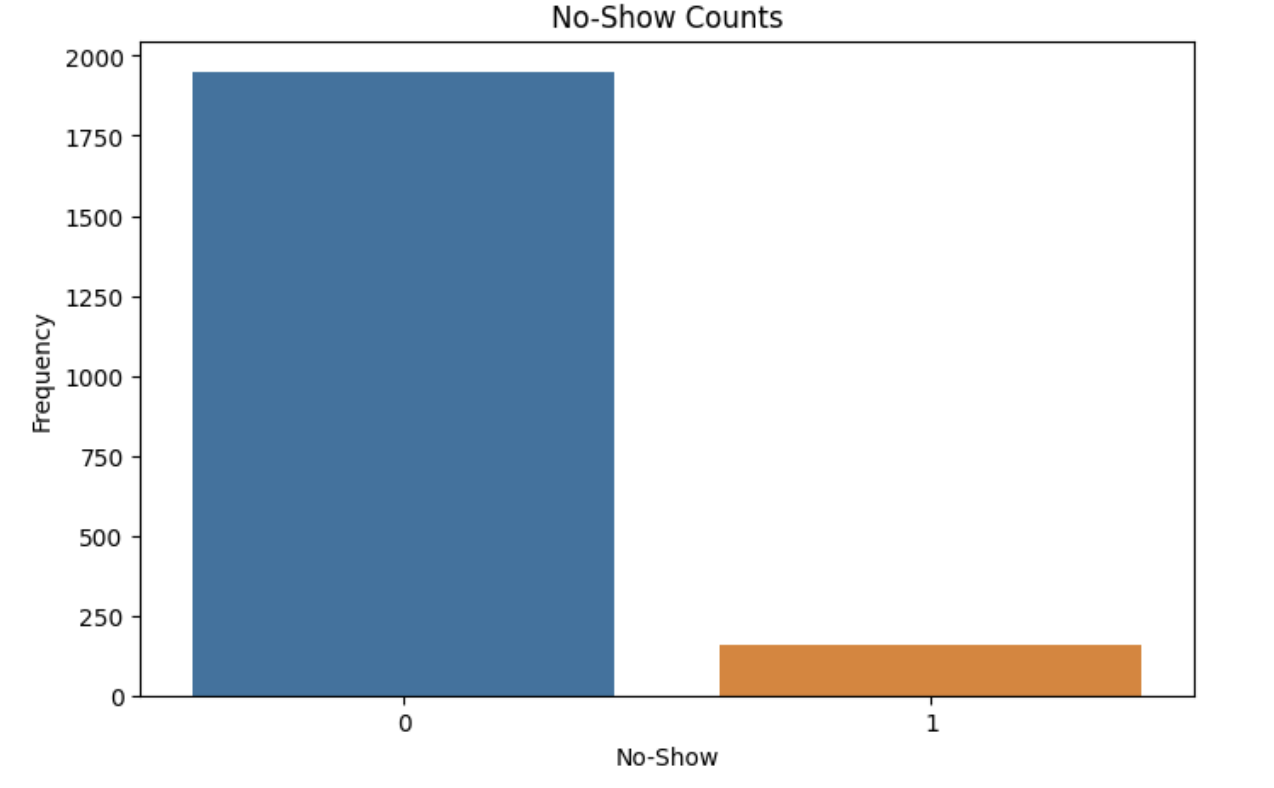Charting New Waters: Lessons from Our Journey to Reduce No-Shows

As we wrap up this series on reducing patient no-shows, it’s time to reflect on the journey. What started as a simple experiment with reminder methods evolved into a powerful demonstration of how data can drive meaningful change in healthcare. But this story isn’t just about reminders—it’s about the broader potential of data-driven decision-making.
In this final post, we’ll highlight the key lessons learned, discuss the broader implications, and explore how A/B testing can be applied to other challenges in healthcare and beyond.
What We Learned
Here are the top takeaways from our A/B testing journey:
- Small Changes Can Lead to Big Results: The experiment showed that a relatively simple change—using phone call reminders—had a significant impact on reducing no-shows. This underscores the idea that incremental improvements can yield outsized benefits when informed by data.
- Data Beats Assumptions: Before the test, it might have been easy to assume that email reminders were “good enough.” But the data told a different story, proving that not all reminder methods are equally effective.
- Communication Matters: The results reinforced the importance of personalized and effective communication with patients. The more direct and interactive the reminder, the better the outcome.

Baseline no-show rate of 24.12% highlights the challenge of missed appointments before implementing data-driven strategies.

Improved no-show rate of 7.5% demonstrates the success of clinical strategies informed by A/B testing insights.
Broader Implications
While this project focused on reducing no-shows, the insights are broadly applicable:
- Optimizing Resource Allocation: By reducing inefficiencies like no-shows, clinics can maximize the use of their resources and improve patient access to care.
- Improving Patient Outcomes: Better communication leads to better attendance, which in turn ensures patients receive the care they need.
- Scaling Data-Driven Solutions: A/B testing is a versatile tool that can be applied to numerous challenges, from streamlining patient scheduling to improving treatment adherence.
A/B Testing Beyond Healthcare
The lessons from this project extend far beyond the clinic. A/B testing can be used to tackle problems in diverse fields, such as:
- Marketing: Testing ad campaigns to determine the most effective messaging.
- Education: Experimenting with teaching methods to improve student engagement.
- Product Design: Optimizing features to enhance user satisfaction.
No matter the industry, the core principles remain the same: Start with a hypothesis, test systematically, and let the data guide your decisions.
What’s Next?
For our clinic, the next steps are clear:
- Expand the Experiment: Test additional strategies, such as reminder timing or content personalization, to further reduce no-shows.
- Share Insights: Use the findings to train staff and inform best practices.
- Explore New Frontiers: Apply A/B testing to other operational challenges, like reducing patient wait times or improving feedback collection.
Final Thoughts
This journey highlights the transformative power of data in solving real-world problems. By embracing a culture of experimentation and continuous improvement, clinics and organizations can not only address immediate challenges but also build a foundation for long-term success. I hope this series has inspired you to think about how data can create meaningful change in your own work. Whether you’re in healthcare, business, or any other field, remember: The answers are out there—you just need to test for them.